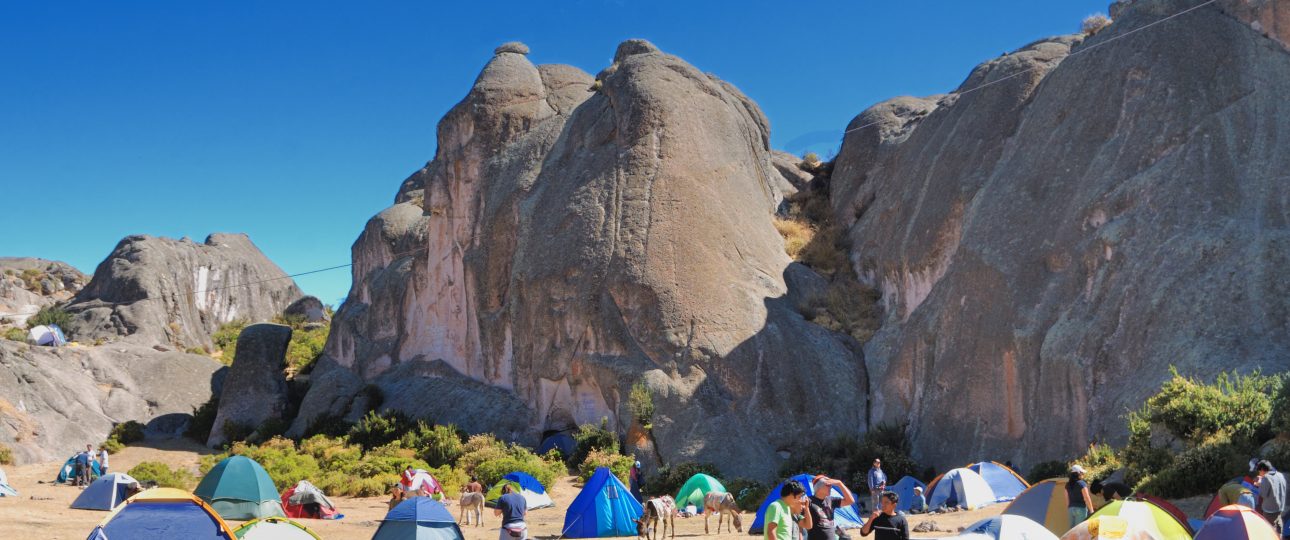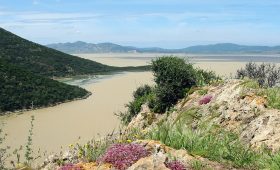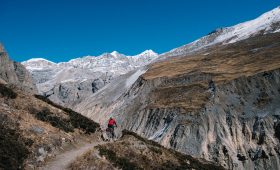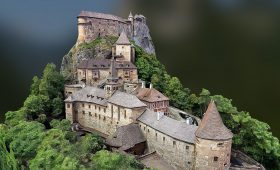Exploring San Pedro de Casta
San Pedro de Casta is a small village in the Lima Region of Peru, known for its proximity to the enigmatic Marcahuasi plateau. This destination offers a blend of natural beauty and cultural richness, drawing travelers interested in both scenic landscapes and traditional customs.
Natural and Cultural Highlights
The village is surrounded by the Andes Mountains, offering stunning views and a variety of outdoor activities. The cobblestone streets and adobe houses reflect traditional Peruvian architecture, providing a glimpse into the local way of life.
Marcahuasi Plateau
Just a short distance from San Pedro de Casta lies the Marcahuasi plateau, a site famous for its mysterious rock formations. These natural sculptures, some resembling human and animal figures, have intrigued visitors and researchers alike. The hike to Marcahuasi is moderately challenging but rewards with panoramic views and a unique geological experience.
Annual Canal-Cleaning Ritual
San Pedro de Casta is also notable for its traditional canal-cleaning ritual, held every October. This week-long event is a significant cultural practice, rooted in the community’s history and documented in the early twentieth-century Entablo Manuscript. The ritual is a fascinating insight into local customs and water management practices.
When to Visit
The ideal time to visit San Pedro de Casta is between June and October, during the dry season. This period offers clear skies and cooler temperatures, perfect for hiking and exploring the outdoors. However, be prepared for unpredictable mountain weather and plan accordingly.
Getting There
To reach San Pedro de Casta, travel to Chosica and catch a bus labeled Marcahuasi or Casta. The journey takes about three to four hours, so it’s wise to arrive at the bus station early to secure a seat. The road is winding and steep, offering scenic views of the valley.
Accommodations and Local Transportation
In San Pedro de Casta, accommodations are limited to one hotel and a few restaurants near the main square. Local guides and horse owners are available to assist with tours and exploration. Within the village, walking is the primary mode of transportation, allowing visitors to explore at their own pace.
Festivities and Local Life
The village hosts regular celebrations throughout the year, often centered around saints’ days and national holidays. These events are lively, with music and dancing that continue into the night. Participating in these festivities offers a deeper connection to the local culture.




